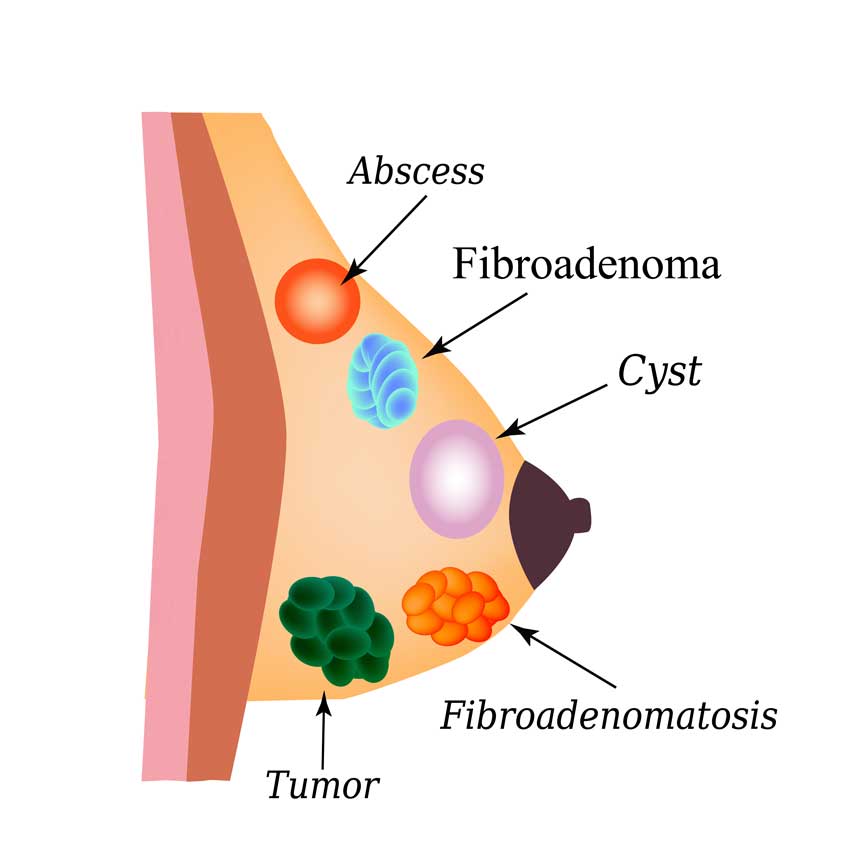Benign breast diseases refer to a spectrum of non-cancerous conditions that affect the breast tissue. These conditions can range from minor discomfort to more significant symptoms but are generally not life-threatening. Understanding the different types of benign breast diseases, their symptoms, causes, and treatment options is essential for women's health and well-being.

One common benign breast condition is fibrocystic breast changes, which involve the development of lumps or cysts in the breast tissue. These cysts may fluctuate in size throughout the menstrual cycle and can cause breast tenderness and swelling. While fibrocystic changes are not linked to an increased risk of breast cancer, they can cause discomfort and concern for women.
Another prevalent benign breast condition is fibroadenoma, characterized by the presence of non-cancerous tumors in the breast tissue. Fibroadenomas are usually smooth, firm, and well-defined lumps that can vary in size. Although they are benign, some women may opt for surgical removal if the fibroadenoma causes symptoms or uncertainty about its nature.
Breast inflammation, known as mastitis, is also a benign condition commonly seen in breastfeeding women. Mastitis occurs when bacteria enter the breast tissue through a cracked nipple, causing infection and inflammation. Symptoms include breast pain, redness, warmth, and sometimes fever. Treatment typically involves antibiotics and measures to alleviate discomfort, such as warm compresses and adequate rest.
Additionally, benign breast conditions can manifest as breast pain or mastalgia, which may be cyclic or non-cyclic. Cyclic breast pain tends to fluctuate with the menstrual cycle and is often associated with hormonal changes, while non-cyclic breast pain may be linked to musculoskeletal issues or breast-related conditions.
While most benign breast diseases do not increase the risk of breast cancer, some conditions may warrant closer monitoring or further evaluation. For example, atypical hyperplasia is a benign condition characterized by abnormal cell growth in the breast ducts or lobules. Although not cancerous itself, atypical hyperplasia is considered a risk factor for the development of breast cancer in the future.
Diagnosing benign breast diseases typically involves a combination of clinical examination, imaging studies (such as mammography, ultrasound, or MRI), and sometimes biopsy for definitive diagnosis. Treatment options vary depending on the specific condition and its severity. In many cases, reassurance, lifestyle modifications, and symptomatic management suffice. However, surgical intervention may be necessary for certain benign breast conditions, especially if they cause significant symptoms or diagnostic uncertainty.
Regular breast self-examinations, clinical breast exams, and screening mammograms are crucial for detecting any changes in breast health and ensuring early detection and management of benign breast diseases. Women should consult their healthcare providers if they notice any unusual breast symptoms or changes, as timely evaluation and intervention can help alleviate concerns and maintain breast health.
